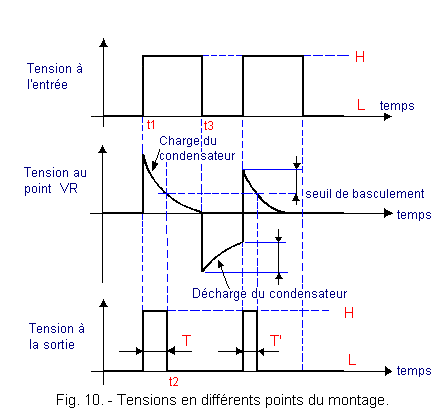

While video montage involves superimposing multiple video clips, an audio or radio montage uses sound clips. Montage art form can be used for all possible art like video, audio or still pictures. This is done in order to present maximum information in least possible time or space in the most effective manner. This single shot contains many special optical effects like fading, dissolving, split screen etc. If one were to search for the meaning of ‘Montage’ in the dictionary, it would define Montage art as an art form where there is ‘a production of a rapid succession of images in a motion picture to illustrate an association of ideas’. The montage sequences often combine numerous short shots put together to create one shot having complete information. In French, the word "montage" in relation to cinema simply means editing. The term Montage can be used in various contexts. It is this quest for creating newer and newer things that encourage artists to experiment and in turn it is this creative urge within that has prompted artists to come up with various art forms. In the large crowd scenes of the sequence under consideration, the viewers see tsar’s soldiers as the faceless creatures, robots, who slay everything in their path, and the common people as the horrified victims, who plead for the mercy but instead get the bullets.The beauty of art lies in constantly trying new and innovative ideas to create artworks which are better than the previous ones. One more example of how Eisenstein manipulated the spectator’s perception is the usage of the concept of body positioning. Such usage of typage invokes the viewer to feel for the common people and their tragedy. The director shoots the large planes of the mothers with their children, the elderly people, common men, and women, showing their sincere and kind faces. In Battleship Potemkin, the audience may notice the focus on the typage of the people of the proletariat rather than nobility or stars and the rich citizens. The choice of typage is yet another technique utilized by the director to convey the idea that tsar’s politics is the evil for the common people, and the Soviet reality is the best solution for all. In the second half of this sequence, the viewer experiences a striking contrast in the mise-en-scene when the sudden darkness covers the light and the cruel massacre begins. In the first part of the sequence, the viewer sees the good weather and the shining sun in the background of the happy people with the rising spirit who are glad to support the mariners opposing the tsar. The mise-en-scene in the ‘Odessa steps’ sequence serves to make an emphasis on the cruel nature of the tsarist regime and the possible well-being and joyfulness that people may have without it. This symbol is a remarkable example of intellectual montage because it has a far-reaching implication in history which is the event of the revolution against the tsarist regime.

These lions may appear to a viewer as a single beast arising from sleep. Mariners hit the three marble lions – the one sleeping, the one waking, and the one rising. The vivid illustration showing intellectual montage is a part demonstrating how the battleship fires three times in the end of the sequence. Overtonal montage in the ‘Odessa steps’ sequence can be seen in the aggregation of multiple minor details that produce the overall emotional effect of hatred to the brutal tsarist regime. An example of tonal montage shows up when the director shots conflicting planes of soldiers with rifles in the dark and the fleeing citizens in the light. The rhythmic montage applies when the tsar’s soldiers marching in the military order appear in contrast to the chaos of the victims fleeing to escape death. The tempo of editing increases when the annihilation reaches its peak. Metric montage in the ‘Odessa steps’ sequence, where the massacre of common people by the tsarist soldiers is shown, can be seen in the editing tempo. In addition, the sequence demonstrates other effective techniques of emotional manipulation including the use of the mise-en-scene, typage, body positioning, and inflammatory images. In the ‘Odessa steps’ sequence in Battleship Potemkin, there are multiple examples of techniques aiming to manipulate viewers’ perception such as metric, rhythmic, tonal, overtonal, and intellectual montage. At that, each ‘brick’ or cadre is important to convey particular ideas (Eisenstein 3). Eisenstein’s theory of montage assumes the process of film creation as the process of building, for instance, building of a bridge.


 0 kommentar(er)
0 kommentar(er)
